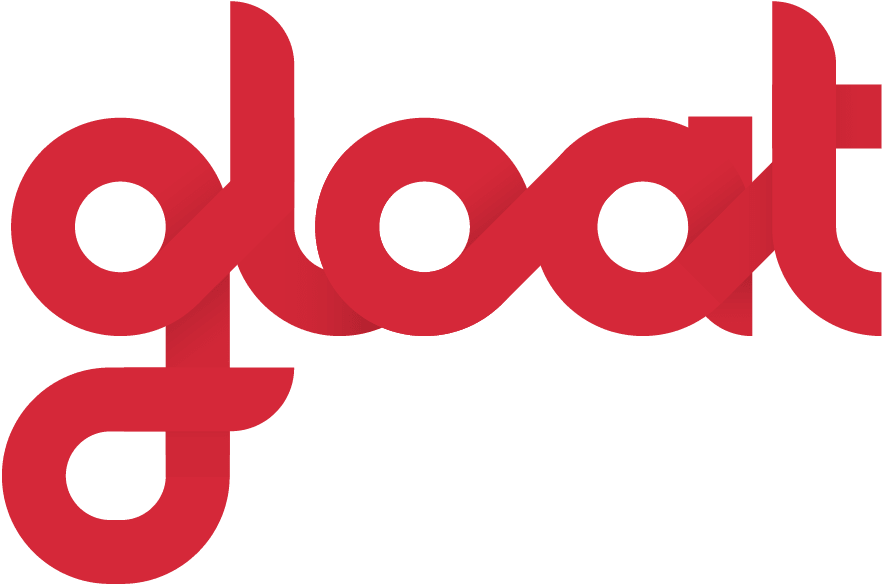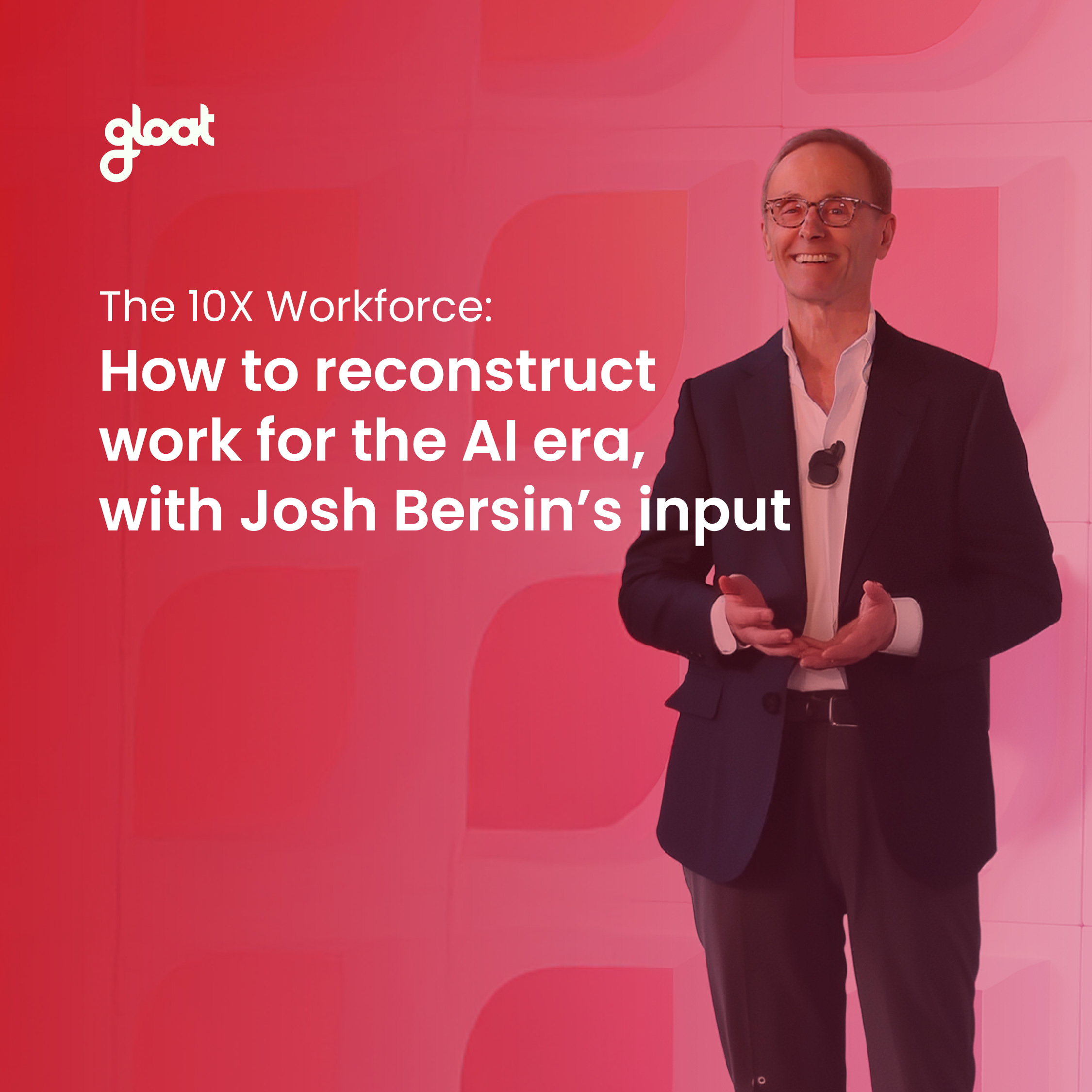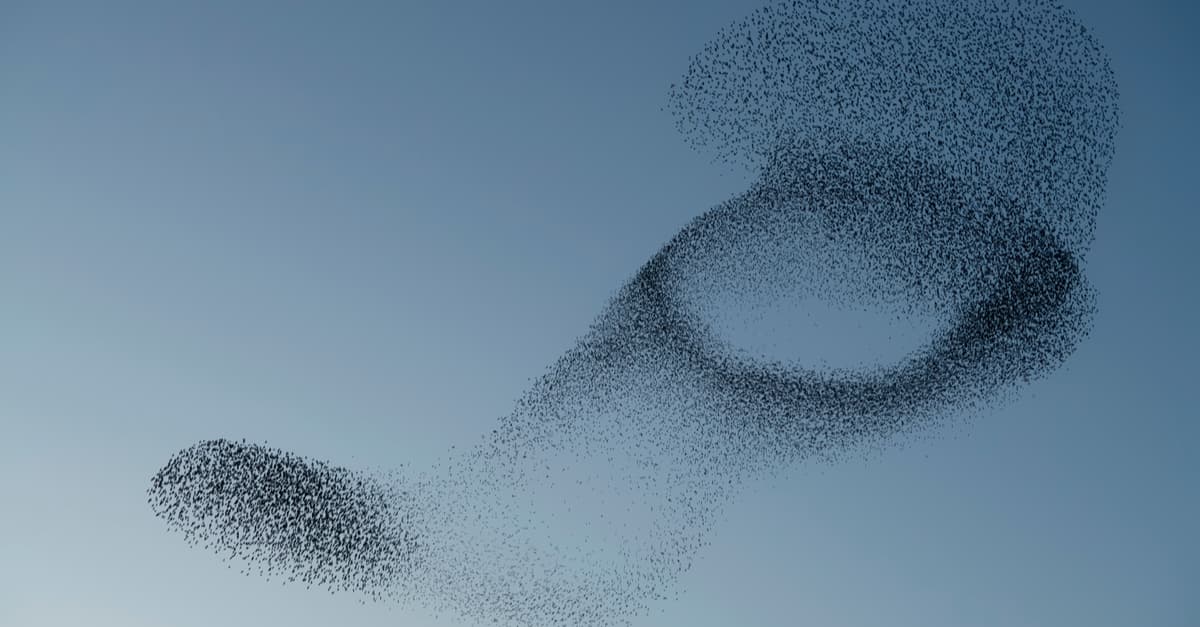Superworkers: Redefining work in the AI age with Josh Bersin
Learn how visionary leaders harness AI to take workforce potential to new heights

After decades of speculation and ongoing technological advancements, the AI boom is upon us. Catalyzed by the rise of Gen AI, leaders are now in a race against the clock to generate strategic advantages from new AI-powered systems before their competitors beat them to it.
The winners in this sprint towards next-level innovation will be the organizations that redesign work to facilitate seamless human-machine collaborations. Leading HR industry analyst Josh Bersin recently conducted a study on this very topic and coined the term Superworkers to describe how AI will transform employee productivity, performance, and creativity.
His research shows that Superworker companies—organizations that embrace this transformation —are capable of outperforming their peers by six times. Consequently, it’s easy to understand why Superworkers are quickly becoming the gold standard for leaders looking to maximize workforce potential in the AI age.
What is a Superworker?
A Superworker describes an individual who uses AI to significantly boost their performance, productivity, and creativity. Bersin explains that Superworking companies are organizations that embrace this transformation and build cultures of adaptability where people can reinvent themselves.
Superworkers are highly capable employees who move around their organizations, putting their skills to use in cross-functional projects and tapping into AI to maximize the efficiency and quality of their work. By harnessing these systems effectively, employees produce outsized results for their organizations and contribute to a culture of dynamism and continuous innovation.
What’s driving the shift to Superworkers?
Several forces of change are converging to fuel the rise of Superworkers, including:
#1. Industrial Era operating models are falling flat in the AI age
Historically, companies were built on functional silos. Departments often worked independently and were supported by Enterprise Resource Planning (ERP) systems that automated parts of fragmented work.
Since there was no way to understand the relationship between different functions, leaders never had a complete picture of workforce skills and needs. Now that our working world is dynamic and AI-driven, every executive must possess an in-depth understanding of these skills so they can be used effectively across the organization and redeployed as new challenges emerge and priorities shift.
#2. Output levels are uncoupled from employee resources
Employees are no longer easily replaceable. Everyone has unique skills and as a result each individual is capable of adding more value than leaders would’ve once thought possible. GDP growth illustrates this phenomenon; for the first time in history, it’s no longer aligned with employment numbers. Instead, technology and automation allow us to generate more outputs and services while keeping headcounts low—meaning everyone matters more than ever before.
In Bersin’s words, “We moved beyond this world of replacing humans and thinking of workers who can be changed out like replaceable parts to understanding that every person can add extraordinary levels of value.”
#3. Employee satisfaction is plummeting
Between fears about AI and lingering threats of layoffs, employees are grappling with more uncertainty than ever before—and it’s starting to take a major toll on trust levels. To achieve success in this climate of volatility, employees must feel empowered to achieve their full potential, which is where the concept of Superworkers comes into play.
“Building the Superworker organization isn’t just AI and automation and training and skills,” Bersin explains. “It’s also reinforcing to people that you are important and we’re going to take care of you too. Because at the end of the day, we’re basically organizations of people. And I believe we will always be in that mode.”
How Superworkers differ from traditional high performers
The main difference between Superworkers and traditional high performers is that Superworkers use AI to achieve output levels and performance quality that would otherwise be out of reach, while their traditional high-performing peers rely solely on their own abilities.
Employees who were high performers before the rise of AI can quickly become Superworkers by developing their knowledge of these systems and using them to accelerate and augment their daily workflows. Most Superworkers are part of Superworking companies that reinvent work to pave the way for seamless human-AI collaboration.
3 key action items to turn employees into Superworkers
Ready to turn your workforce into a fleet of Superworkers? Prioritize the following best practices to encourage employees to use AI to their full advantage:
#1. Prioritize internal mobility
Internal mobility doesn’t just improve morale; it also boosts revenue, according to findings from Bersin’s research on Superworkers. Organizations with 20-40% of people changing roles annually are 27% more profitable than those with under 10% mobility. Leaders get more out of their workforces when their people are empowered to try new things and put their skills to use across the organization.
#2. Develop and upskill HR teams
Break siloed HR titles into cross-functional squads that own end-to-end people challenges such as pay fairness, skills, and career development. This shift should be accompanied by an HR capability uplift to ensure HR is fluent in AI/analytics, change management, and dynamic operating models.
#3. Focus on talent density, not headcount
Employees are no longer cogs in a machine. It’s not just how many people you have doing a job that matters; it’s these people’s capabilities and comfort levels with AI that will determine the quantity and quality of the work your organization produces.
As a result, employers must shift from hiring more people to treating each person like the scarce, high-value resource they are. External hiring should be deprioritized in favor of investments in internal mobility, coaching, and real-time skill-building.
Developing the right digital infrastructure for the Superworker organization
In addition to cultivating a culture of continuous reinvention, leaders must equip their workforces with the digital infrastructure needed to become Superworkers. Tech innovations to prioritize include:
#1. Drive internal mobility at scale
Internal mobility is a defining characteristic of Superworking companies. But for a long time, the only tool most organizations had to fuel this motion was an internal job board. Then, talent marketplaces broke onto the scene, giving mobility a much-needed upgrade.
These platforms soon evolved to include projects, gigs, and stretch assignments in addition to full-time roles, fueling the pixelation of work and enabling employees to build more skills on the job. Today, talent marketplaces underpin the dynamic exchange of talent to open opportunities, empowering employees to hone new skills through hands-on learning and maximizing productivity across the workforce.
#2. Take stock of workforce skills
Before executives can start reimagining how work is executed across their organizations, they must take stock of their workforce’s capabilities, transferable skills, and emerging knowledge gaps. Traditionally, this bird’s-eye view has been hard to come by because skills information is often siloed into different systems. Most taxonomies are also outdated, leading to skill-building strategies that may not address the actual needs of the organization.
Rather than settling for this subpar understanding of workforce skills, companies are harnessing AI-powered systems like Gloat’s Skills Foundation to gain visibility into their workforce’s capabilities. These systems are updated in real-time and pull from an employee’s LinkedIn profile or CV, in turn capturing the full range of knowledge and experience they’re bringing to the table.
#3. Break down work to the task level
As enterprises embrace AI, the way work is planned, structured, and executed must evolve. Leaders and managers need to be able to break work objectives down into actionable tasks and gain visibility into the skills and technology required to complete them, which is where our new offering, Mosaic, comes into play.
We launched this first-of-its-kind product to put the power of work deconstruction, redesign, and orchestration into every executive’s hands. Powered by our Multi-Ontology Workforce Graph, Mosaic enables managers to effortlessly assemble hybrid teams with AI-powered recommendations.
“Something Gloat did that really blew my mind is this new offering they have called Mosaic,” Bersin said in a recent podcast episode.
“Not only does it show you what the steps are, it shows you the skills required in each step, the platforms that will be useful, and the individuals who have done these steps before and their skills. So this thing called Mosaic is a way to do dynamic reallocation of resources into work to improve productivity, too.”
Ready to turn your workforce into Superworkers?
Ultimately, it’s up to every leader to redesign the way their organizations work to empower their people to begin using AI to their full advantage. Transforming into a Superworker company requires more than a change in technology; it must also be accompanied by a change in mindset and strategy.
Want to learn exactly what it takes to help your people achieve their full potential in the AI age? Download our new ebook, The 10X Workforce, for more insights from Josh Bersin’s latest Gloat Live keynote on the rise of Superworkers.





